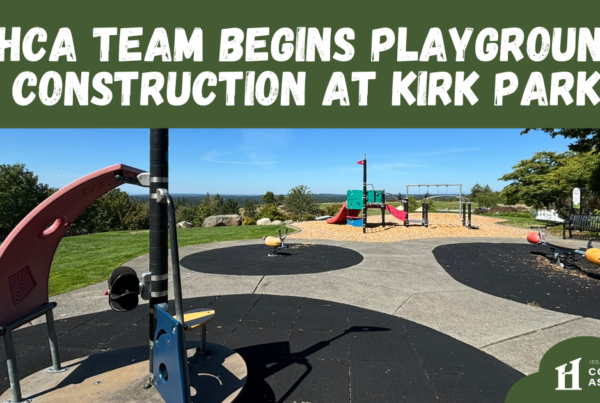
Companion gardening is a sustainable and effective strategy of planting different pairs of plants together. By carefully choosing plant pairings, it is possible to get more output from our small garden plots while promoting a healthier ecosystem.
Benefits of companion planting include:
Maximizing Space: Planting two types of plants in a single area can increase crop yields by using space more efficiently.
Natural Pest Control: Certain plants like marigolds, basil and onions release scents that confuse and repel pesky insects, reducing the need for chemical pesticides.
Beneficial Bugs: Flowers like nasturtiums and sunflowers attract pollinators and helpful predators that eat harmful pests, improving overall garden health.
Improved Growth: Partnering plants with different root depths and nutrient needs helps them thrive together without competing for resources.
Flavor Enhancement: It sounds surprising, but herbs planted near certain vegetables can actually improve their flavor!
Here are a few ideas to get you started:
Tomatoes and Basil: Basil repels some of the pests that like tomatoes and can improve the tomato flavor. Plus, caprese is amazing!
Beans and Beets: Beans fix nitrogen in the soil, which helps the beets grow.
Squash and Nasturtium: Nasturtium lures away the aphids from the squash and shades the soil, creating a more favorable environment for both plants.
Carrot and Spinach: Spinach grows quickly while carrots take most of the season. Together, they are a great use of your plot space and provide a staggered harvest.
Corn and Pole Beans: Pole beans can use your corn as their support, saving space and making it easier to harvest both crops. The beans are available to pick earlier in the season, while the corn is ready to pick at the end of the season, extending your harvest window.
There are many other pairing examples that can help you maximize space and have other benefits. In some cases, you can even combine more than two plants together! For example, corn, beans and squash can all work together in a mutually beneficial relationship known as the “Three Sisters.”
By experimenting with companion planting, you can create a more productive, diverse and resilient garden that is both beautiful and functional. So why not give it a try?
Dave Dandeneau is a Vista Gardens ambassador.





